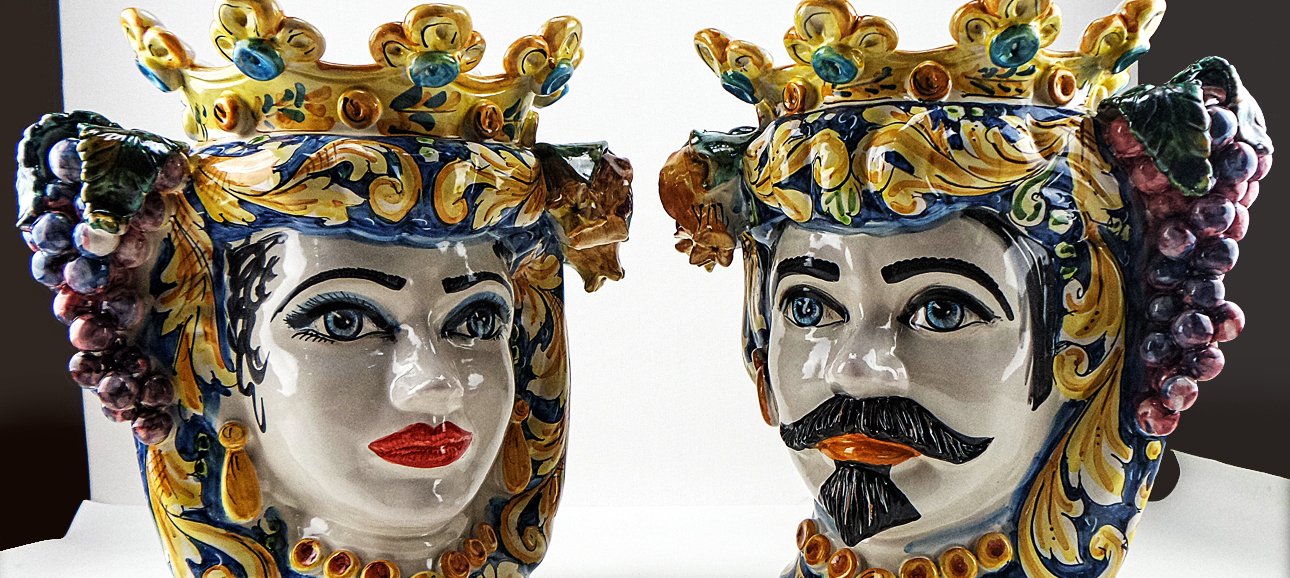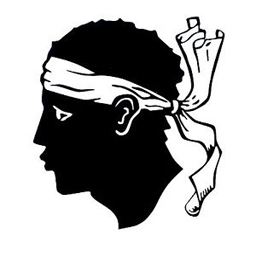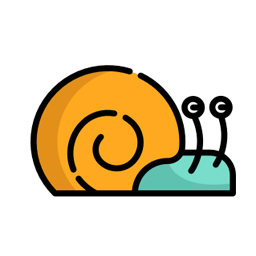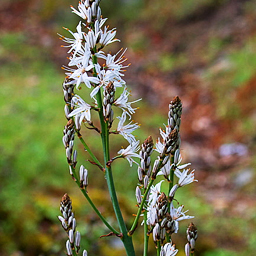 Corsican Symbols And Mystique
Corsican Symbols And Mystique
Since ages, the Corsican history has been susceptible to different traditions and folk lore, many of which have given rise to misconceptions and misinterpretations to the foreign people.
As you might have guessed, there are many mystiques of Corsica that are unfolded through Corsican rituals, images, symbols, culture and so on. The mystiques not only carry significant symbolic importance in daily life but also define the spiritual characteristics.
Know more about the Corsican public life. Here is the list of Mystiques evident in Corsica –
A Testa di Moru

A Testa di Moru
On the white background, the black moor’s head tied with the white bandeau is called A Testa di Moru which makes up the independent Corsica’s national emblem and national flag.
A Granětula
The spiral or A Granětula resembles the shape of conch or the spiral procession in Corsican villages and cities led by the Lay brotherhoods.
The measured steps of Prieur are accompanied by chanting of the dirges in memory of dead Christ.
L’Ochju Di Santa Lucia

The 1-2 cm operculum of Astraea rugosa, a sea snail or gastropod is called the Eye of Santa Lucia.
The 1-2 cm operculum of Astraea rugosa, a sea snail or gastropod is called the Eye of Santa Lucia.
The operculum is orange-pink spiral with 3-D earlike structure on the outside and flat brownish white on inside –it is the closure of spiral shaped snail when the mollusc retracts.
E Corne E L’Ochju
E Corne is a sign made by clenched fist with index and little finger stretched out, just like the horns on a head.
A clenched fist with thumb between index, middle and ring finger denotes the l’Ochju.
A Muvra

The Corsican Mouflon.
The Corsican Mouflon or A Muvra has been part of Corsica around 7000 BC during Stone Age and was a domesticated animal used for the meat and coat which are shed annually.
Now a critically endangered animal, Mouflons live away from stray dogs and human intervention.
U Cursinu
Officially recognized as the “national” dog, U Cursinu is adaptive of the harsh environment of Corsica since 16th century.
These dogs are polyvalent and are of great assistance for hunting wild boars.
U Culombu

The Charonia rubicunda, a conch shell is also known as U Culombu.
The Charonia rubicunda, a conch shell is also known as U Culombu. Its end is often cut off to make Tromba de Mare or a trumpet.
The spiral shaped shell can be up to 40 cm in length and is found on the shores of Corsica.
A Beatěssima
The Corsican patroness or Blessed Virgin Mary and her hymn which is the national anthem, has long been part of Corsican religious fervor
According to Corsican myths, several statues of Beatěssima have been washed up ashore and have supernatural powers.
L’Albucciu

Aspodelus fistolosus, micrococarpus and cerasifere gay are the predominant asphodel varieties growing during spring.
Around eighteen synonyms are there for Asphodel or L’Albucciu which is able to survive in various types of soils in Corsica.
Aspodelus fistolosus, micrococarpus and cerasifere gay are the predominant asphodel varieties growing during spring.
U Pagliaghju/U Stazzu
Pagliaghju is the hay storage hut and stazzu is for the shepherds to stay and keep their sheep. A group of these buildings are known as piazzili. In bergeries, the shepherds live for months.
 Corsican Symbols And Mystique
Corsican Symbols And Mystique